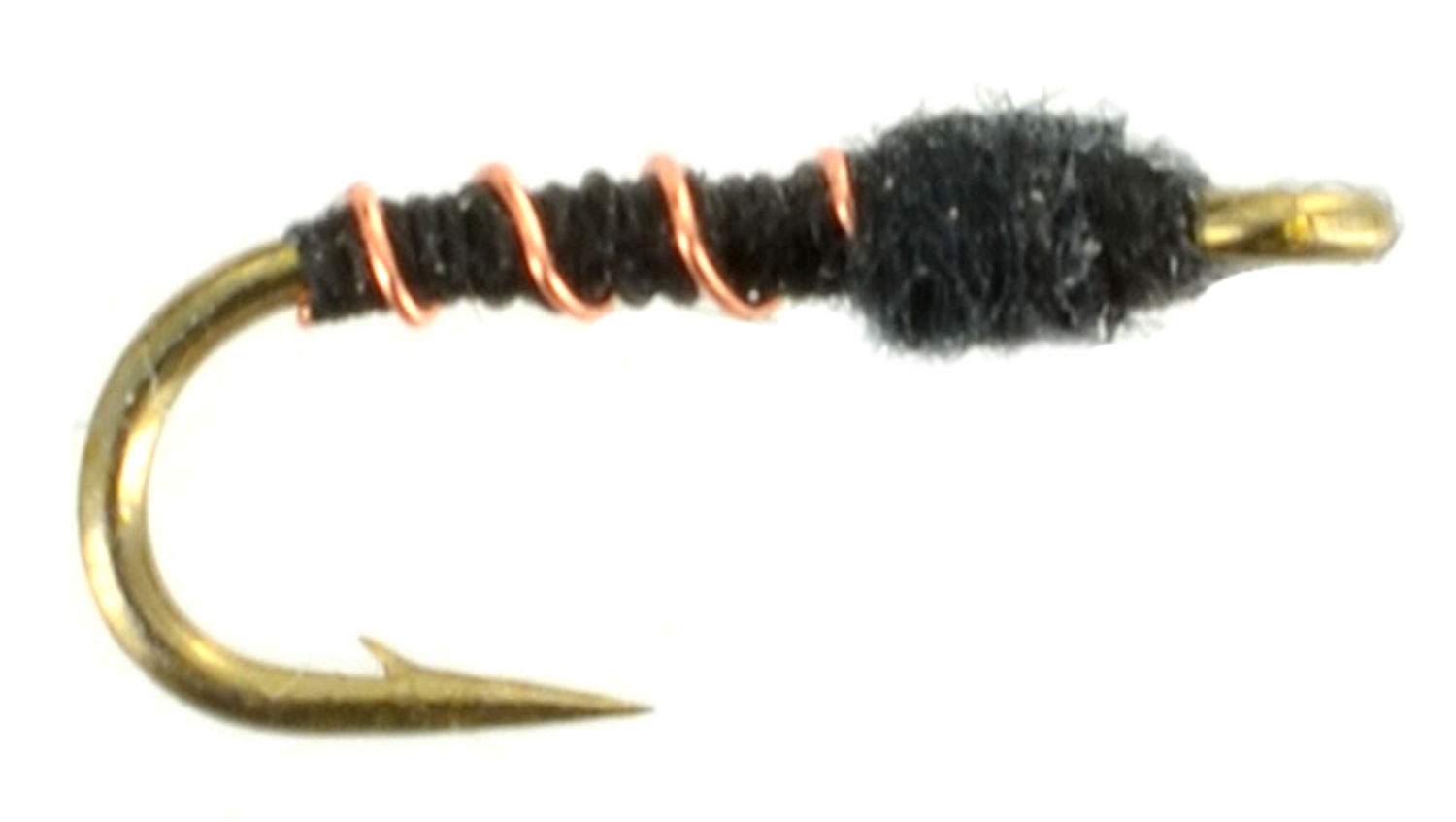Fly of the Week with @anna_on_the_fly | Black Beauty
Black Beauty | One of the best year-round flies
by Anna on the Fly • January 02, 2023 in Fly Fishing Tips and Techniques, Anna's Fly of the Week
@anna_on_the_fly is on the water constantly. She is constantly trying new things -- new flies, new techniques, and new gear. We are grateful that she's an Ambassador for DiscountFlies. And, we're grateful that she shares her knowledge and adventures with us here in the "Fly of the Week" (or month during the "off" season) Column.
January 2nd 2023
Fly of the Week! Not a bad first fish of 2023 and one great New Year!! This week’s fly is one I am sure a lot of people know since it’s one of the best year-round flies but especially in the winter AND decades of proof to back up it’s notoriety - the “Black Beauty”!

The fish in the photo measured just shy to the line of 21” and ate a size 22 black beauty! I only say that so people know when I talk about small flies catching big fish I am not telling any tales- I’d say 95% of the fish I catch over 20” are on a size 20 or smaller.
If you ever flip over rocks or catch a stick, you’ll see TONS of tiny black, worm like bugs with segmented bodies. The black beauty looks just like these tiny midge larvae and the dubbing on the thorax can also make it a good pupa pattern.
I like to fish this fly where it’s hitting the very bottom of the substrate, rocks, silt etc. since that’s typically where these larva live. In the winter I run a 3 nymph rig 100% of the time from December to March. I’ll start with my attractor, a leech, egg or “large” size 18 disco midge or midge pupa then trail two larva until I see some hatching or fish aggressively feeding. Then I’ll change my last two flies and put on a pupa or sometimes emerger pattern and my last fly will either be a larva or emerger - that way I can cover all life cycles of the midge.
Since fish move to winter lies and concentrate in slow deep pools you want to make sure to have on at least a size 6 split shot or a heavy lead fly and then add some tungsten puddy as needed to ensure you are getting deep quicker. Be careful not to add to much weight to avoid the fly drifting unnaturally so add weight slowly and as a basic rule of thumb if you aren’t hitting the bottom change your depth and then weight.
We had two slow days of fishing & it seemed no one on the river was catching fish so after seining and flipping rocks I couldn’t find anything but small black midges and decided to put a size 20 black beauty on Helen’s rig and a size 22 on mine. After the fly change the rest of the day was very productive!

